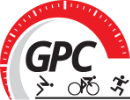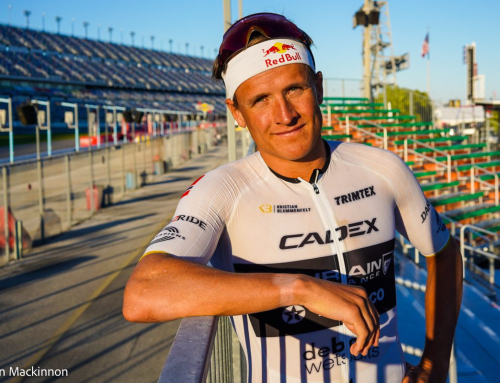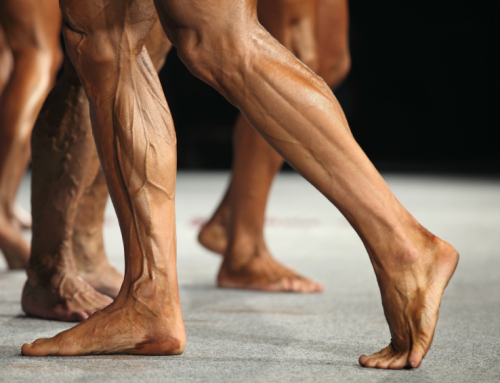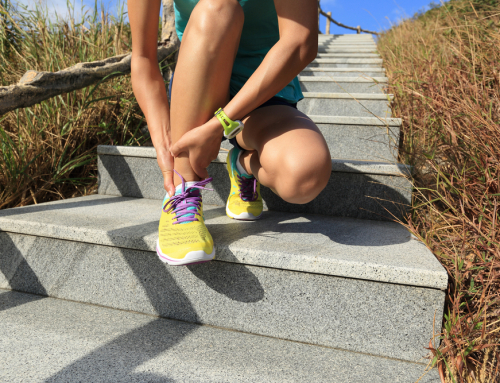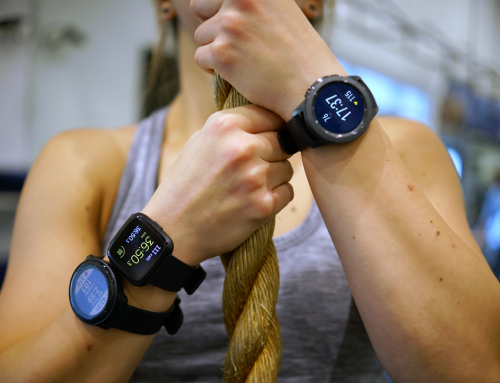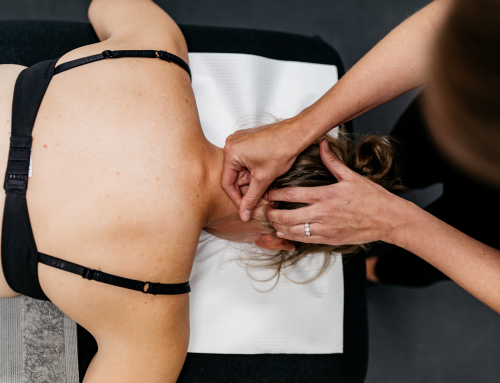Self Massage
Massage is one of the easiest ways to attain and maintain good health and well-being. It improves circulation, relaxes muscles, aids digestion and speeds up the elimination of waste products. These direct benefits, combined with the psychological benefits, quickly produce a feeling of well-being. But there are just some times when you cannot get a regular massage from a qualified professional. It might be time, financial, you are travelling or unable to get an appointment. This is when you will need to try a foam roller or self massage.
How to Self-Massage
- Find a comfortable position, you can remain fully clothed but you will need access to bare skin of the area you want to massage
- Use lotion, massage or scented oil to reduce friction and relax you
- Place most pressure on the strokes toward your heart to assist with blood circulation
- You can perform self massage before a workout (to increase blood to muscles) or afterward to assist in muscle release & removal of waste products
Shoulders:
- Stroke your right shoulder with your left hand. Starting at the base of your skull, stroke down the side of your neck, over your shoulder and down your arm to the elbow. Glide back to your neck and repeat at least three times. Then do the other side.
- Make circular pressures with your fingertips on either side of the spine. Work up the neck and around the base of the skull. Then squeeze and release the flesh on each shoulder and at the top of your arms.
- Loosely clench your left hand into a fist and gently pound your right shoulder. Keep your wrist flexible. This can be very invigorating if you are tired. Repeat on the other side.
- Finish by stroking smoothly with both hands. Start with your hands on the side of your face and glide them gently down under your chin. Slide your hands past each other at the front of the neck, so that each hand is on the opposite shoulder. Stroke gently over your shoulders, down your arms and off at the fingertips. Repeat as often as you like.
Feet:
- Put one hand on the top of your foot and the other under the sole. Stroke smoothly from your toes to your ankles. Glide your hands back to your toes and repeat.
- Support your foot with one hand and work on each toe individually. Squeeze each toe firmly, and gently stretch with a gentle pull.
- With one thumb on top of the other, do a line of firm pressures down the center of the sole and lines on either side. Then, with one thumb, do circular pressures on the arch and ball.
- Support your foot with one hand and make the other into a loose fist. Do knuckling movements all over the sole by rippling your fingers around in small circular movements.
- Still holding your foot with one hand, hack the sole with your other hand. Flick your hand away the moment you touch the foot, so that the effect is light and springy.
- Stroke around the ankle with your fingertips, as you stroke up toward the leg and gently as you glide back. Finish by stroking the foot as you did at the beginning.
- You can also roll a tennis ball, spiky physio ball or golf ball underneath your foot. Move it around under your arch and put more weight on your foot to adjust the pressure.
Legs:
- Allow your hands to mold to the shape of your leg by resting your foot flat and bend your knee up. Stroke your entire leg starting from the ankle to the thigh with one hand on each side of the leg. Begin at the foot and move up the calf, over the knee and up to the thigh, repeating five times.
- As you knead your thigh, pay close attention to the front and the outside. Alternate your hands and tighten and release the skin. The kneading helps to improve the shape, texture, and look of the thighs.
- Stroke up the thigh from the knee with your hands alternating.
- With closely clenched fits, pummel the front and outside of your thighs. This movement allows blood to flow to the surface and makes stiffness go away if you have been sitting too long.
- Massage the entire area of the knee softly while applying circular pressures with your fingertips around the kneecap. Finish by stroking gently behind your knee up toward your body.
- Knead your calf muscles with both hands, switching from tightening the muscle away from the bone and releasing it. Then soothe the area gently by stroking one hand over the other back up your leg.
